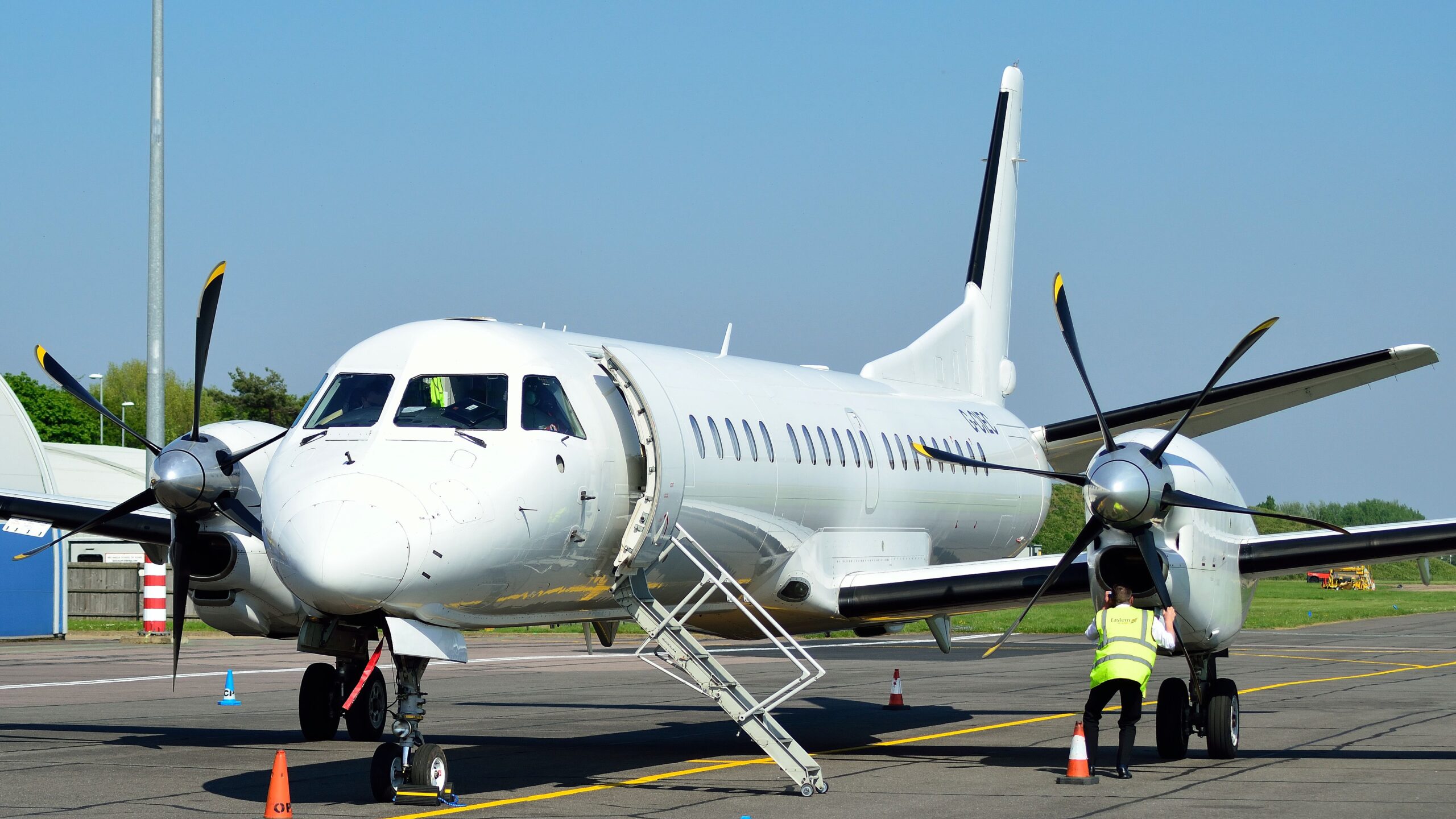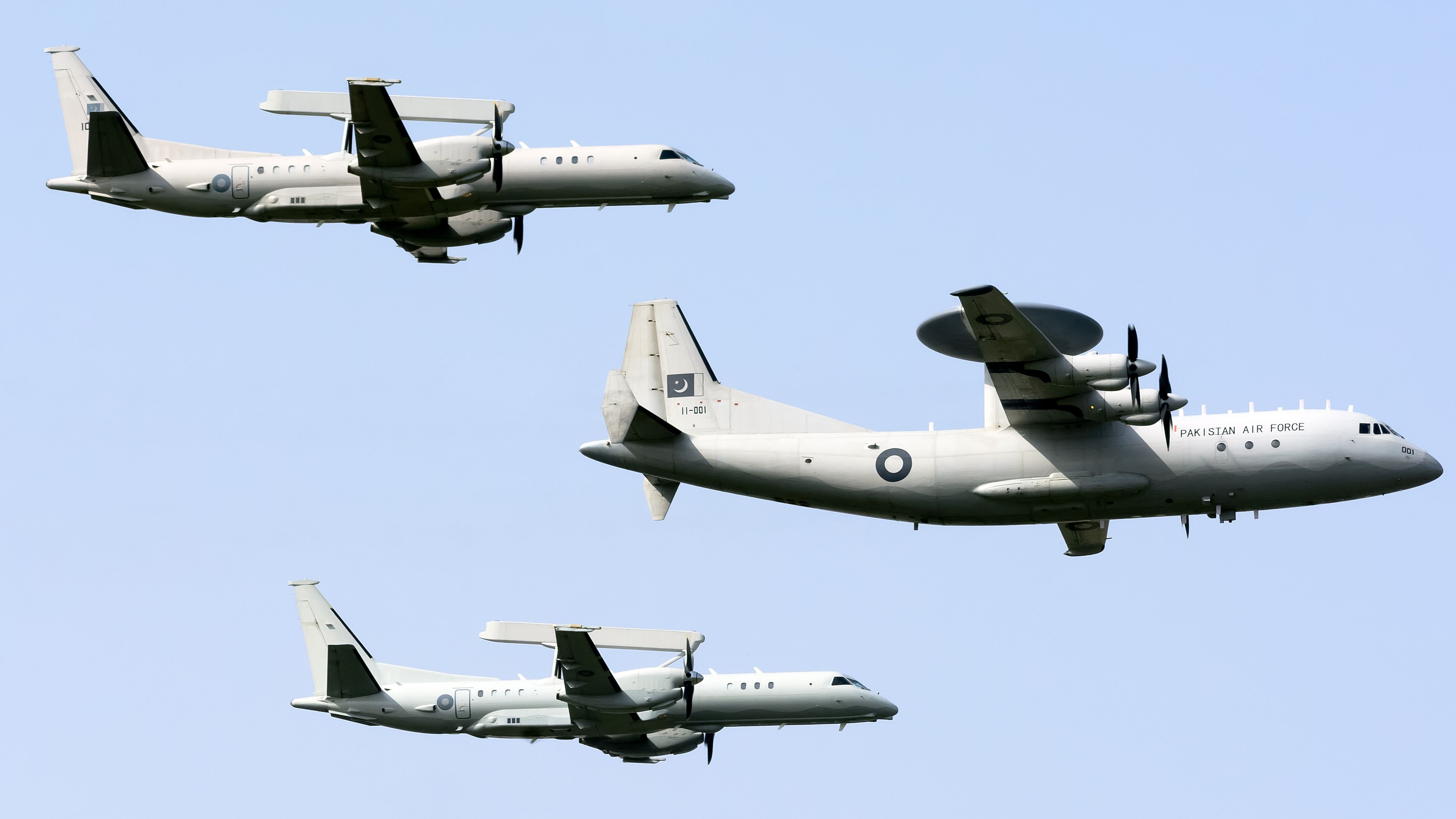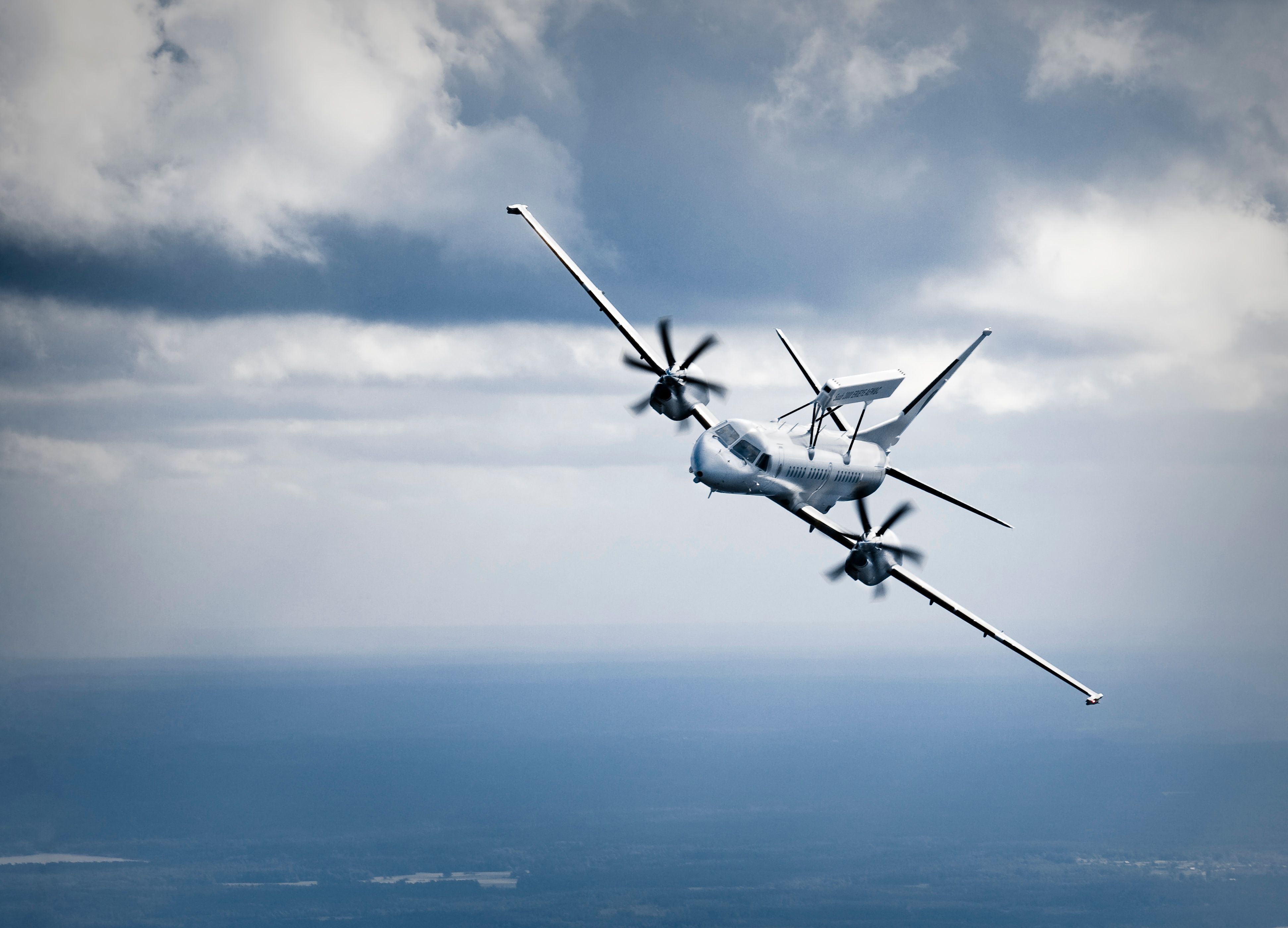Summary
- Larger than the Saab 340, the Saab 2000 had higher passenger capacity, speed, and range figures, but was less commercially successful.
- Military users, like the Pakistan Air Force and Royal Saudi Air Force, have active examples of the Saab 2000.
- In the US, the Saab 2000 is rare, with just a few active examples flying for charter carriers like Meregrass and Sterling Airways.
The Saab 2000 was a larger development of the Saab 340, with the Swedish manufacturer producing just 63 of these turboprops between 1992 and 1999. Having first flown on March 26th, 1992, and entered service on August 30th, 1994, just over a third of all of the Saab 2000 aircraft ever produced remain in service today, serving various roles in all corners of the world. Let’s see where you can find them.
Larger but less commercially successful
Before examining the operators that still fly the Saab 2000 in 2024, it is first important to establish the nature of this aircraft. As mentioned, the Swedish-built twin-turboprop is a stretched development of the Saab 340, which enjoyed far better commercial success with more than 450 units produced. According to Saab, the 2000 is 27.28 meters long, compared to just 19.73 meters in the case of the 340.
Naturally, this resulted in an increased passenger capacity, with the 2000 able to accommodate typical loads of between 50 and 58 passengers, compared to just 34 for the Saab 340. The larger aircraft also had the edge when it came to factors such as speed (cruising at 370 knots / 685 km/h compared to 283 knots 524 km/h) and range (1,549 NM / 2,869 km compared to 730 NM / 1,350 km).
Military users
Despite the Saab 2000’s statistical superiority over the smaller 340 model, the type has always been a rarer sight in the world’s skies than its short-fuselage counterpart. This phenomenon persists today, with current fleet data made available by ch-aviation showing that, while there are still some 131 examples of the Saab 340 active, the number of remaining active units of the Saab 2000 sits at just 22.
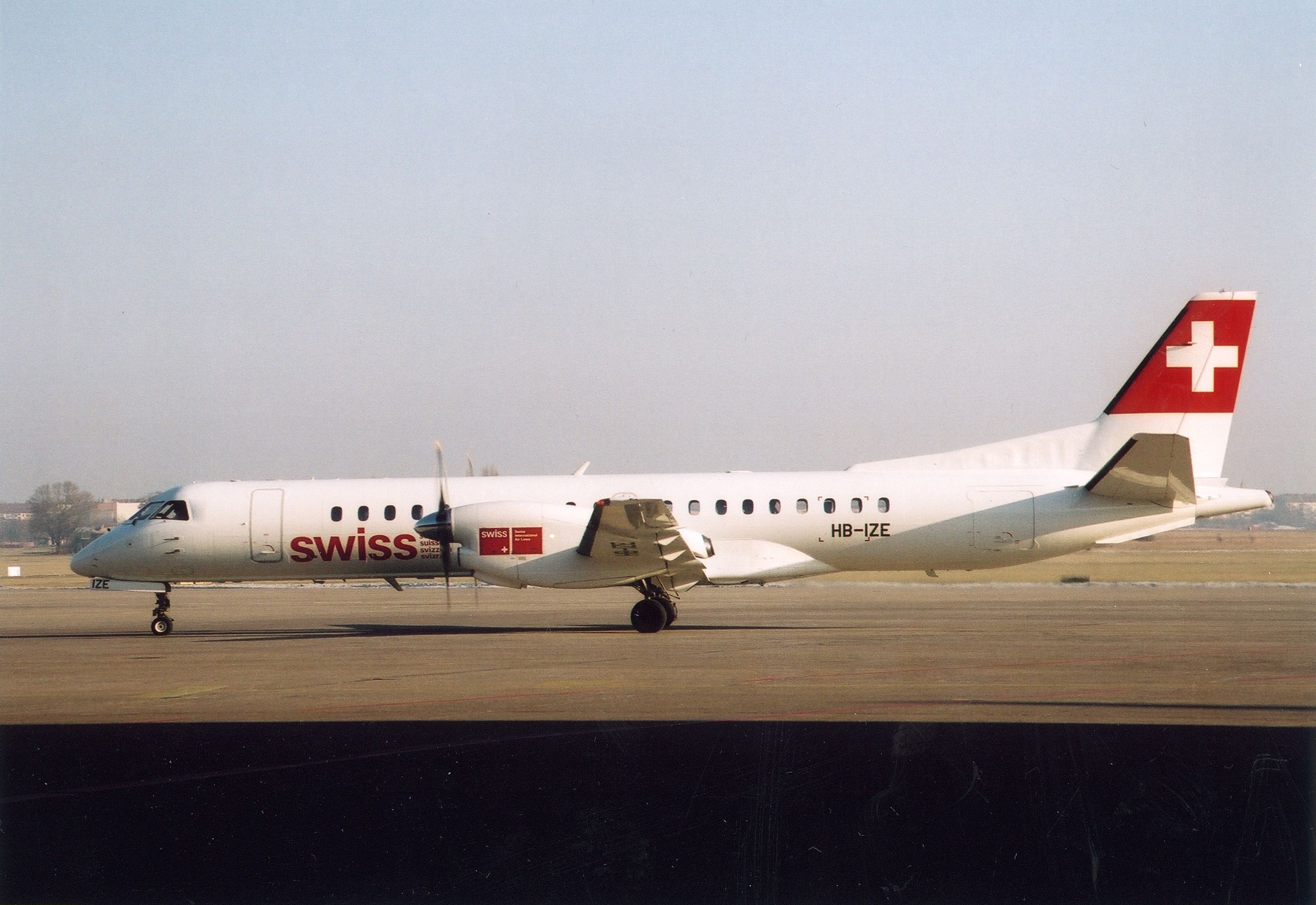
Related
30 Years Of Flight: The Story Of The Saab 2000
Despite the massive success of the Saab 340, only 63 Saab 2000s were built.
Photo: Rehan Waheed | Shutterstock
As pictured above, with two examples of the type flanking a Chinese-built Shaanxi Y-8 military transport aircraft, the largest current operator of the Saab 2000 is not a commercial airline, but rather a military user. Specifically, the Pakistan Air Force currently has 12 active examples of the type at its disposal, with five of these being Airborne Early Warning and Control (AEW&C) planes aged 27.2 years on average.
This makes them a shade younger than the Pakistan Air Force’s remaining seven examples of the standard Saab 2000, which clock in at an average age of 27.7 years old. Most of these aircraft are fitted with standard configurations of 50 seats in a three-abreast layout, although one (J060) has just 46 economy seats and a four-seat premium economy style section with just two seats per row.
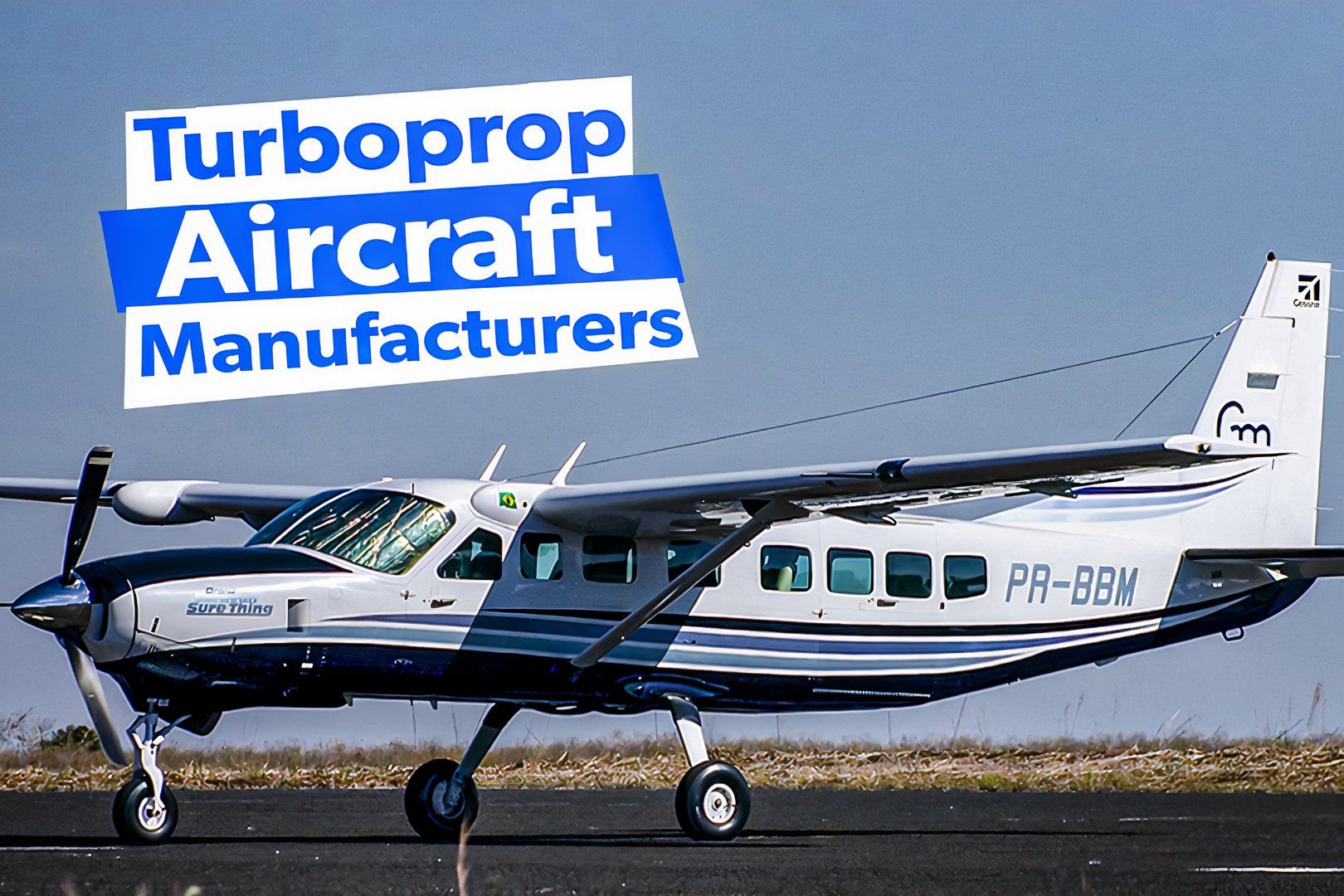
Related
6 Well-Known Turboprop Aircraft Manufacturers
Turboprop aircraft are some of the most popular planes for pilot owners.
Photo: Saab
One other military operator presently has active examples of the Saab 2000 at its disposal, namely Saudi Arabia’s Royal Saudi Air Force. This division of the country’s armed forces currently has two active examples of the stretched-fuselage Swedish twin-turboprop aircraft in its fleet, with this pair clocking in at an average age of 26.8 years old. Both are also examples of the aforementioned AEW&C variant.
US operators
Commercial aviation represents a lucrative industry in the United States of America, but, despite the diversity of the country’s airline operators, the Saab 2000 is a rare sight there. Indeed, it is currently home to just four active examples of the type, with one of these flying for Texas-headquartered charter carrier Meregrass under the registration N681PA. Meregrass also has three inactive Saab 2000s in its fleet:
Meanwhile, fellow US charter carrier Sterling Airways, based out of Jacksonville, presently has three active examples of the Saab 2000 at its disposal. These aircraft, plus one inactive unit, are 28.5 years old on average, with one particular example having previously flown for NASCAR’s Joe Gibbs Racing. Today, these planes are leased out to Alaska Seaplanes, which flies them under the Aleutian Airways brand.
Closer to home
The remaining four active examples of the Saab 2000 are operated in Scandinavia, with one of these aircraft (which currently bears the registration SE-LTV) flying for none other than the Swedish manufacturer itself. The aircraft has been operating the company’s staff shuttle for its entire career since first taking to the skies back in April of 1999, and it has a 50-seat configuration offering 34 inches of pitch.
Meanwhile, Danish charter carrier Frost Air has four examples of the Saab 2000 in its current fleet, of which three units are presently listed as being active, clocking in at an average age of 28.1 years old. These aircraft have the same 50-seat configuration as Saab’s own example, albeit with a lower 32-inch pitch.
More flights than last year
Operationally speaking, scheduling data made available by Cirium, an aviation analytics company, shows that there are 4,044 scheduled passenger flights with the Saab 2000 this year. These will offer 206,244 seats and 136,376,805 available seat miles (ASMs), compared to 2023’s 2,251 flights, which offered 114,729 seats and 58,912,122 ASMs. Clearly, the Saab 2000 still has plenty of life left in it!
Are you a fan of the Saab 2000? What are your memories of traveling on this aircraft? Let us know your thoughts and experiences in the comments section!

